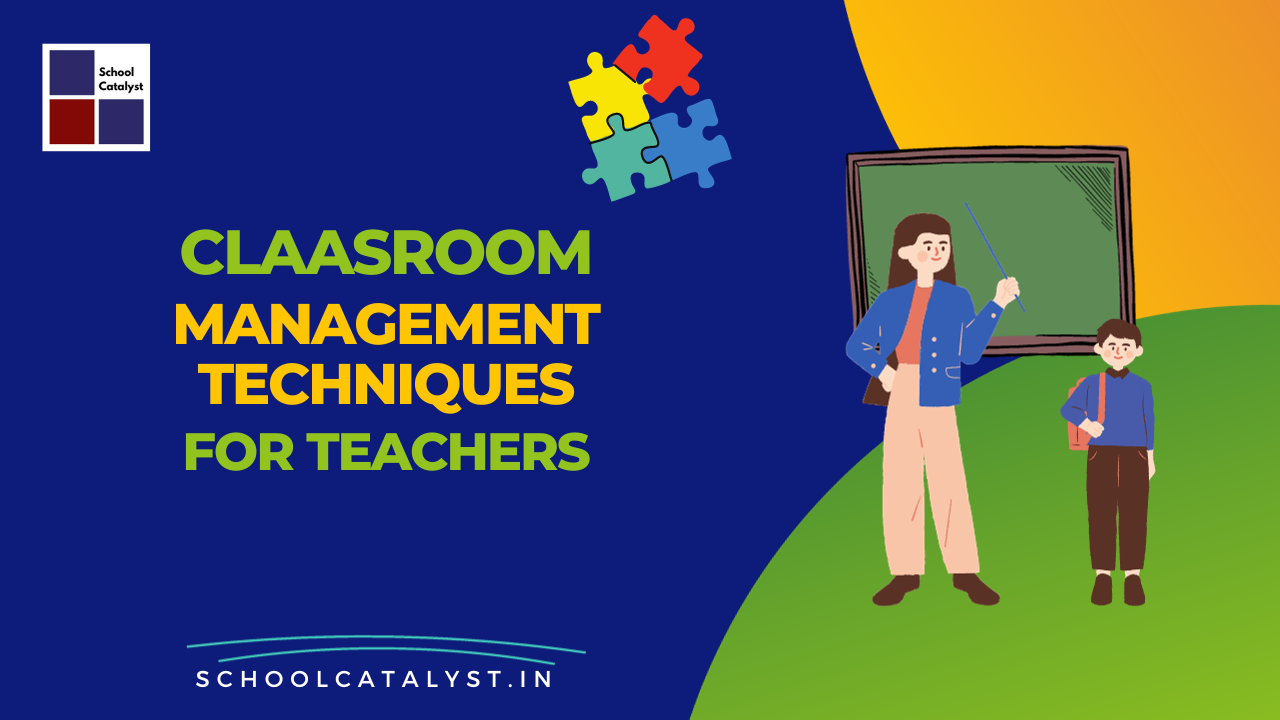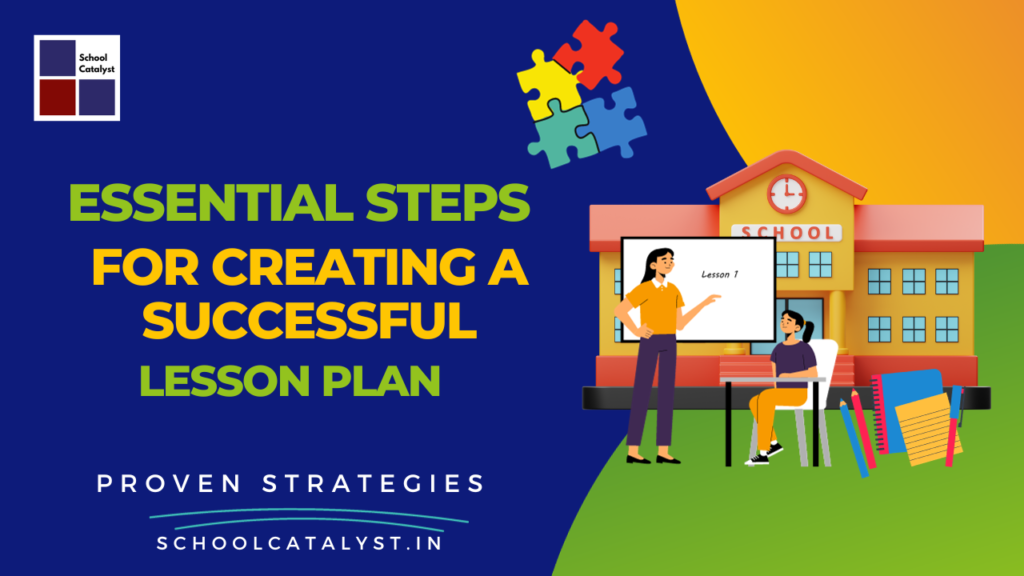How to Manage Mischievous Students in the Classroom
Table of Contents

Introduction:
Every teacher encounters mischievous students in their classroom, and effectively managing their behavior is essential for creating a conducive learning environment. In this blog post, we’ll explore strategies and techniques to help teachers tackle mischievous behavior, ensuring a positive and productive atmosphere for all students.
1: Understanding Mischievous Behavior
- 1.1. Recognizing Mischievousness: Understand the distinction between playful mischief and disruptive behavior.
- 1.2. Root Causes: Identify potential triggers for mischievous behavior, such as boredom, lack of engagement, or seeking attention.
2: Establishing Classroom Rules
- 2.1. Clear Expectations: Set clear and concise classroom rules and share them with students at the beginning of the school year.
- 2.2. Consequences: Clearly define consequences for misbehavior and communicate them consistently.
3: Building Relationships
- 3.1. Connection: Build a rapport with mischievous students by showing genuine interest in their thoughts and feelings.
- 3.2. Trust: Earn their trust by being fair, consistent, and supportive.
4: Positive Reinforcement
- 4.1. Encouragement: Recognize and praise good behavior to reinforce positive actions.
- 4.2. Rewards: Implement a reward system to motivate mischievous students to follow rules.
5: Engaging Lesson Plans
- 5.1. Interactive Teaching: Develop engaging and interactive lesson plans to maintain student interest.
- 5.2. Variety: Incorporate a variety of teaching methods and materials to cater to different learning styles.
6: Addressing Mischievous Behavior
- 6.1. Private Discussions: When addressing misbehavior, speak to the student privately to avoid embarrassment.
- 6.2. Active Listening: Actively listen to their perspective, giving them a chance to express their thoughts.
7: Involving Parents
- 7.1. Open Communication: Maintain open lines of communication with parents to discuss their child’s behavior and seek their support.
- 7.2. Parent-Teacher Meetings: Arrange meetings to jointly address mischievous behavior and establish a consistent approach.
8: Seeking Professional Guidance
- 8.1. School Resources: Utilize school resources like counselors or behavior specialists for additional support.
- 8.2. Continuing Education: Consider enrolling in courses or workshops on behavior management for ongoing professional development.
Effective techniques to engage mischievous students
With the right strategies, it’s possible to create a more productive and harmonious classroom environment. Here are some effective techniques to engage mischievous students:
- Active Participation: Encourage mischievous students to actively participate in class discussions, group activities, and hands-on projects. When they feel involved, they are less likely to disrupt the class.
- Choice and Autonomy: Provide students with choices and opportunities to make decisions. When they have a say in what they learn or how they complete assignments, they become more engaged.
- Varied Instruction: Use a variety of teaching methods, including visual aids, group work, and technology, to cater to different learning styles. This keeps mischievous students interested and on task.
- Relate Learning to Real Life: Show how the material is relevant to their lives. Connect lessons to current events or real-world situations to make learning more meaningful.
- Incorporate Technology: Use technology, such as educational apps or interactive whiteboards, to make lessons more engaging and interactive.
- Frequent Checks for Understanding: Ask questions during lessons to ensure mischievous students are following along and comprehending the material. This encourages active participation.
- Gamification: Introduce game-based learning where students can earn points or rewards for participation and correct answers.
- Peer Interaction: Encourage students to work together in pairs or small groups. Mischievous students may find it easier to focus and engage when interacting with peers.
- Interest-Based Learning: Allow students to explore topics that interest them within the scope of the curriculum. This promotes intrinsic motivation.
- Hands-On Activities: Incorporate experiments, art projects, or other hands-on activities that make learning interactive and fun.
- Positive Reinforcement: Acknowledge and reward good behavior and participation. Publicly recognize their efforts to motivate them further.
- Immediate Feedback: Provide prompt feedback on their work, both positive and constructive. This helps mischievous students see the connection between their efforts and results.
- Personalized Learning: Tailor lessons to meet individual learning needs, which can help mischievous students feel more supported and engaged.
- Classroom Decor and Layout: Create an engaging classroom environment with colorful displays and flexible seating arrangements that allow for movement and collaboration.
- Project-Based Learning: Assign projects that require research, creativity, and problem-solving. This allows mischievous students to immerse themselves in a topic.
- Interest Surveys: Conduct surveys to understand students’ interests and use this information to make lessons more appealing.
- Provide Challenges: Offer advanced or bonus assignments to mischievous students who need extra stimulation.
- Encourage Questions: Create a safe space for students to ask questions and voice their thoughts. Mischievous students may be more engaged when they feel heard.
Remember that each student is unique, and what works for one may not work for another. It may take time to find the strategies that resonate with a particular student. Patience, consistency, and a willingness to adapt are key to engaging mischievous students effectively.
Conclusion:
Effectively managing mischievous students is a crucial aspect of a teacher’s role. By understanding the reasons behind misbehavior, establishing clear classroom rules, building relationships, and using positive reinforcement, teachers can create an environment where mischievous students feel engaged and motivated to follow the rules. Addressing misbehavior with private discussions, involving parents, and seeking professional guidance when necessary ensures that teachers are equipped to handle mischievous behavior effectively, creating a positive and productive learning environment for all students.




